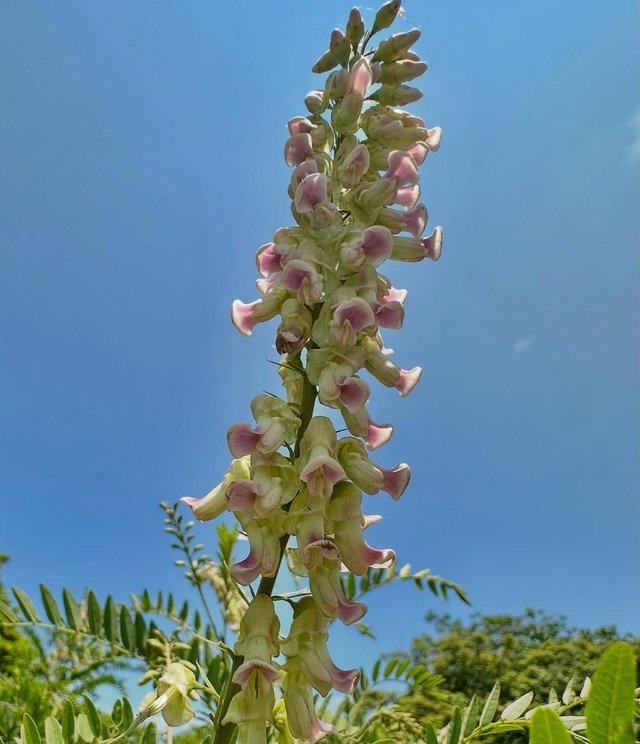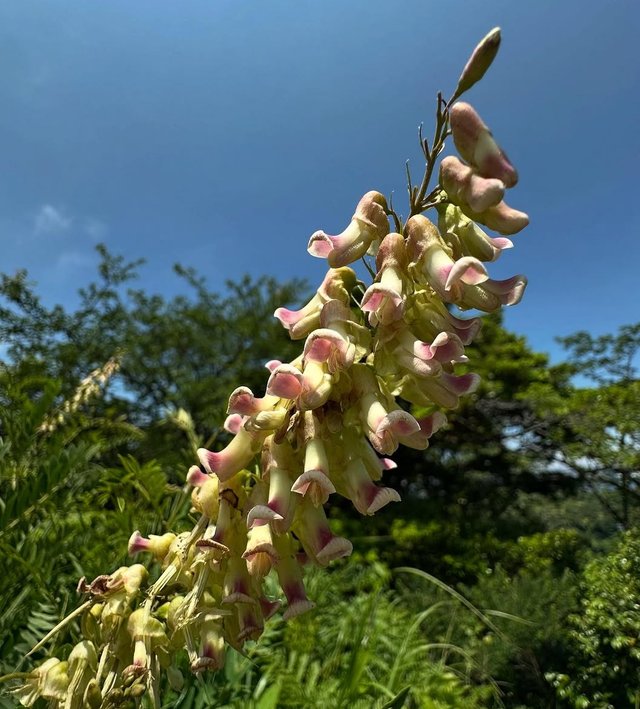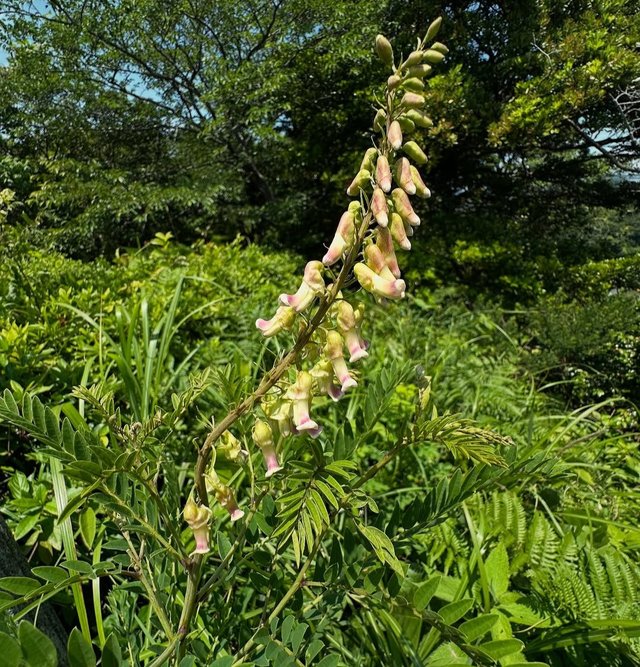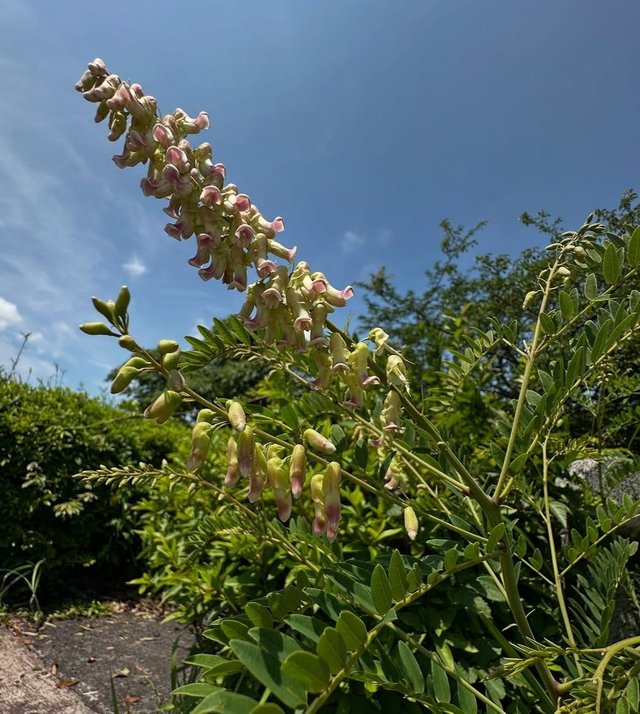So Beautiful Gliricidia Sepium Flower
Gliricidia sepium: A Multipurpose Miracle Tree
Gliricidia sepium, often referred to as "Gliricidia" or by local names such as "mother of cocoa," "quickstick," or "mata ratón," is a leguminous tree native to Central America but now naturalized and cultivated throughout the tropics. Known for its rapid growth, nitrogen-fixing ability, and wide array of uses, Gliricidia sepium is a prime example of a plant that benefits both people and the environment.
Botanical Overview
Family: Fabaceae
Genus: Gliricidia
Species: sepium
Common names: Quickstick, Madre de Cacao, Madero Negro, Kakawate, Mata ratón
Gliricidia sepium is a deciduous tree or shrub that can grow up to 10–15 meters tall. It produces pink to lilac-colored flowers, usually during the dry season, and its leaves are pinnate with multiple leaflets. The tree's bark is grayish-brown and relatively smooth, and it produces flat, elongated seed pods.
Ecological and Agricultural Benefits
Nitrogen Fixation
As a leguminous species, Gliricidia forms symbiotic relationships with rhizobia bacteria, enabling it to fix atmospheric nitrogen into the soil. This enriches the soil, improving fertility and reducing the need for synthetic fertilizers, particularly in nutrient-poor tropical soils.
Erosion Control
Gliricidia's deep root system and dense foliage make it ideal for controlling soil erosion. It's often used in hedgerows and alley cropping systems on slopes and in degraded landscapes.
Agroforestry
Its compatibility with crops like cocoa, coffee, and maize makes it a favorite in agroforestry systems. The tree provides light shade, enriches the soil, and can be pruned regularly without harming its growth.
Green Manure and Mulch
Farmers frequently prune Gliricidia branches and leaves to use as green manure or mulch. This not only adds organic matter to the soil but also contributes to moisture retention and weed suppression.
Uses and Applications
Forage and Fodder
The leaves and tender stems are rich in protein, making Gliricidia an excellent source of fodder for cattle, goats, and sheep. However, it must be fed in moderation or mixed with other forages due to potential anti-nutritional factors like coumarins.




%20(7).jpeg)